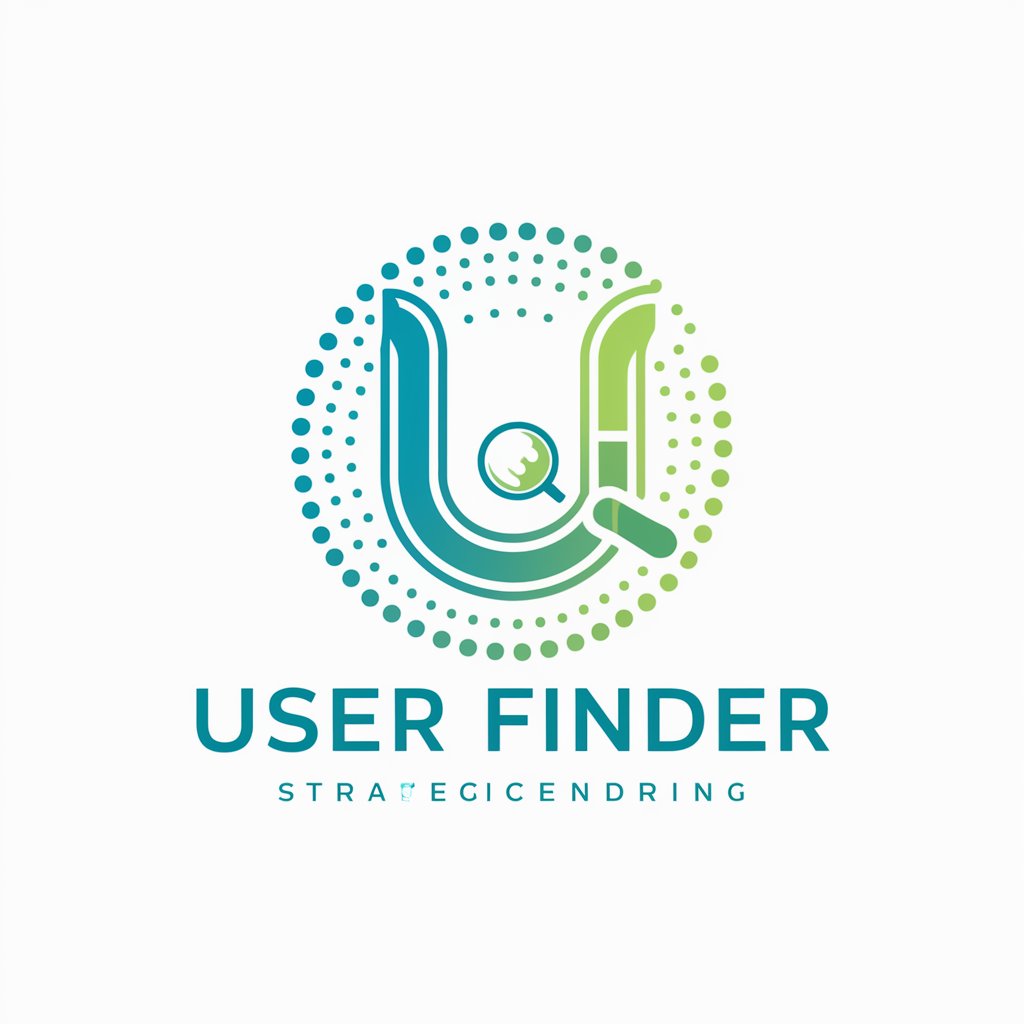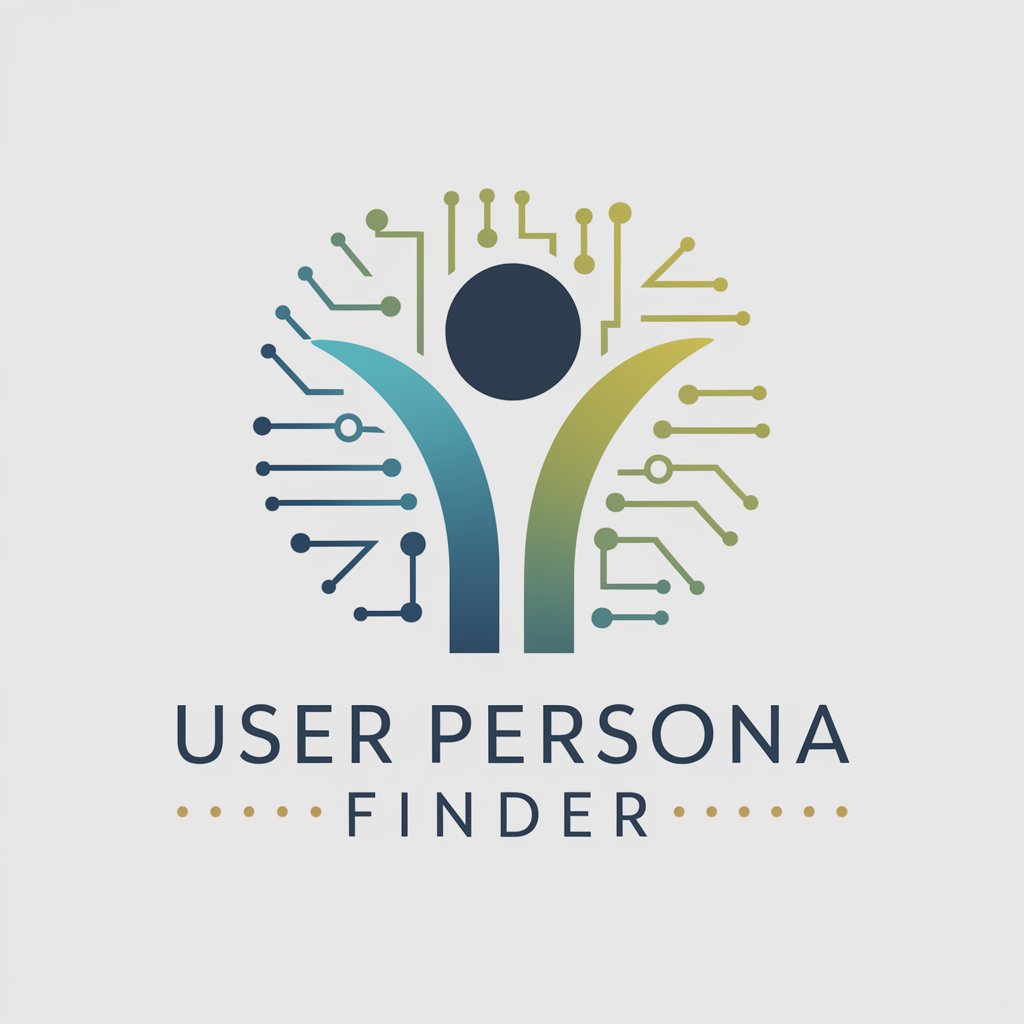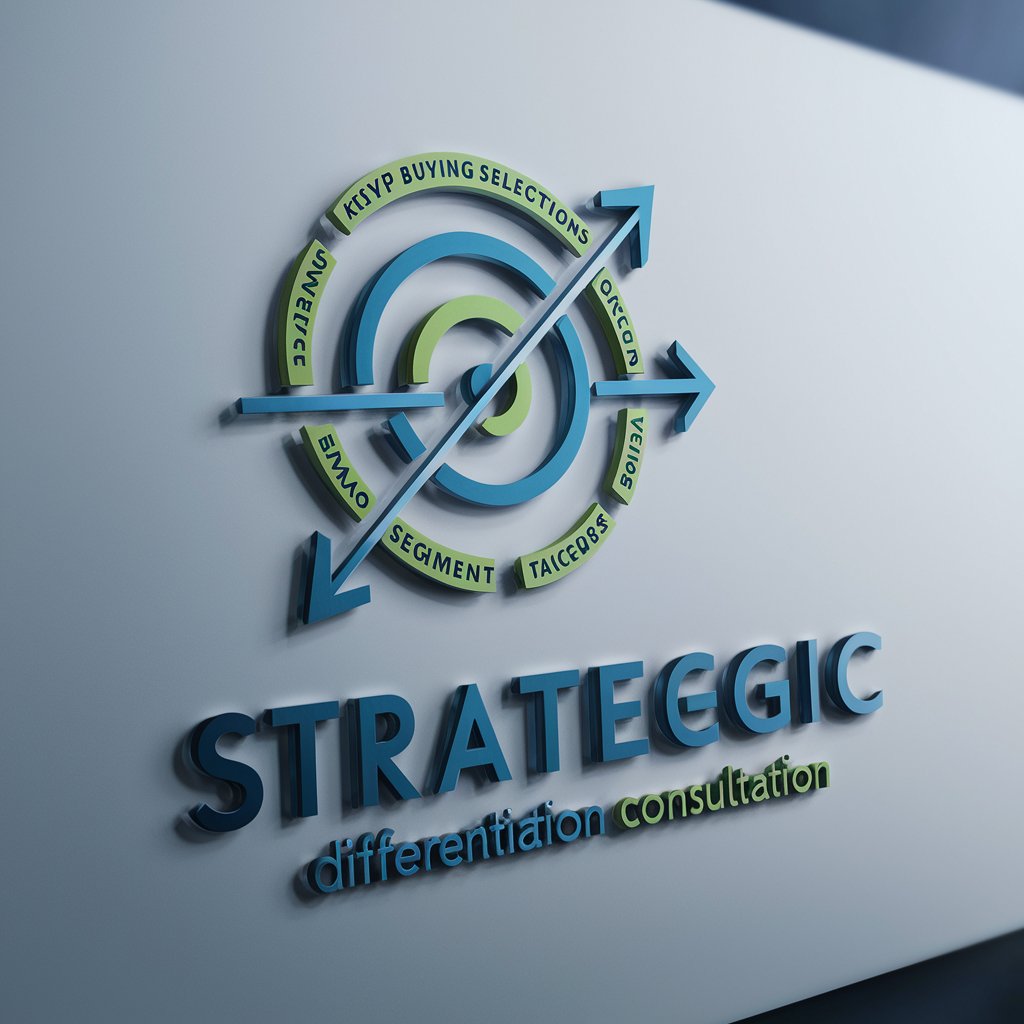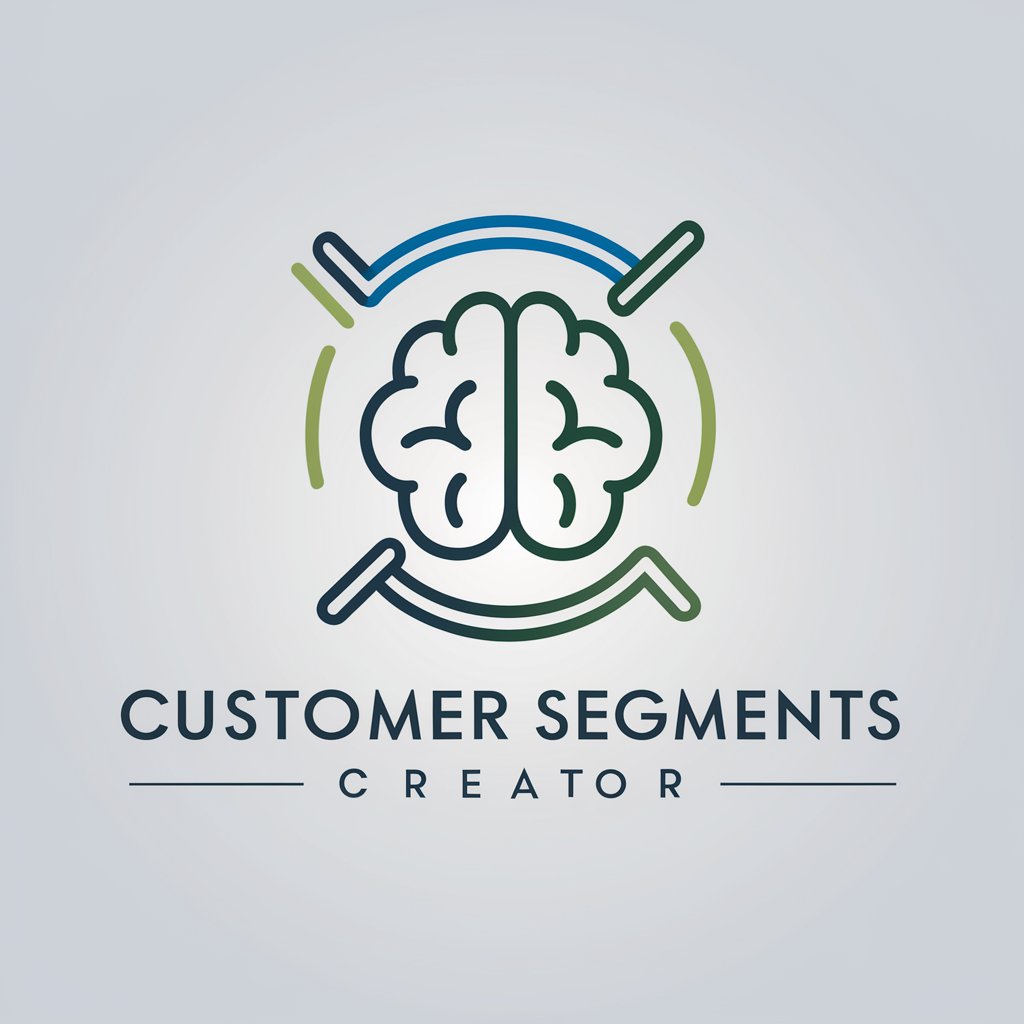
User Segmentation - User Segmentation Insights
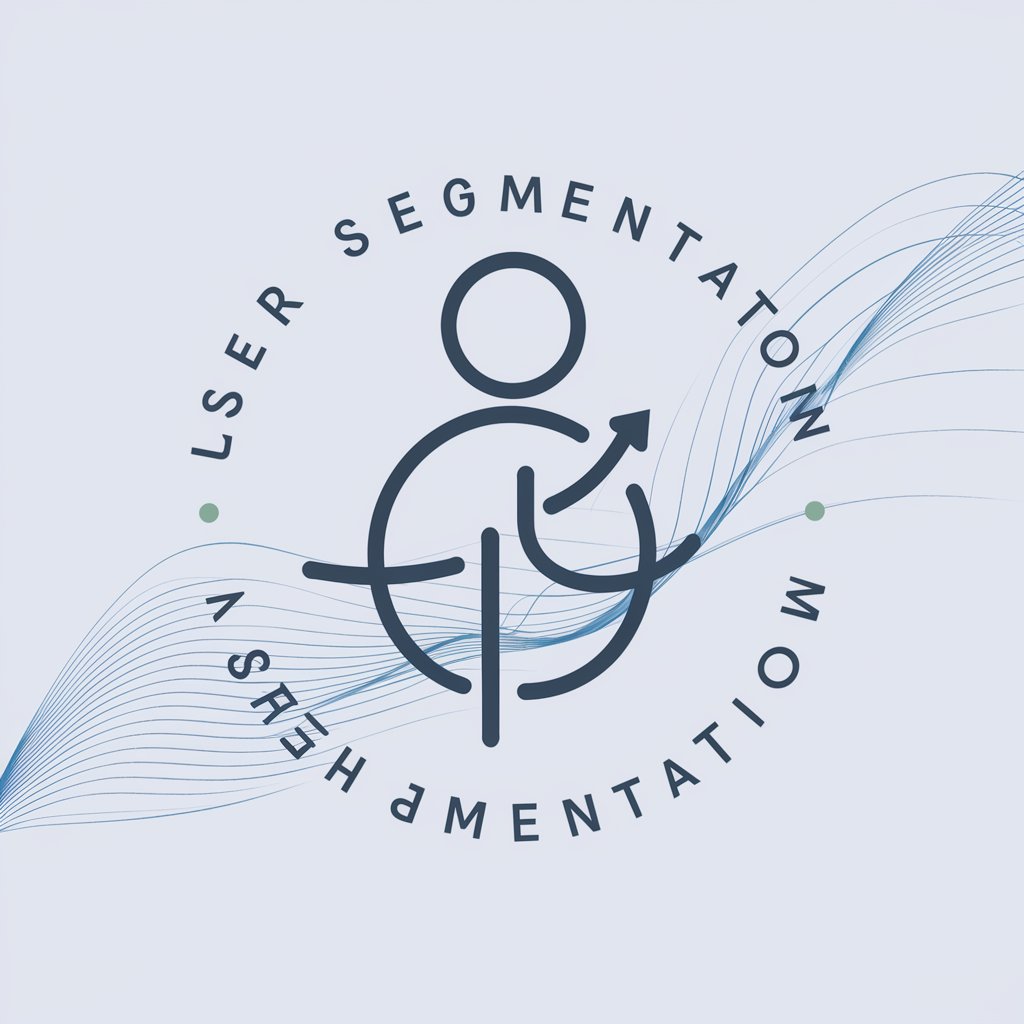
Welcome! Let's explore effective user segmentation strategies together.
Tailor Experiences with AI-Powered Segmentation
Identify the key demographic factors for segmenting our target market...
What are the most effective methods for behavioral segmentation in e-commerce...
How can psychographic data enhance our customer profiling efforts...
Analyze the geographic distribution of our users to identify potential market segments...
Get Embed Code
Introduction to User Segmentation
User Segmentation involves dividing a business's user base into distinct groups based on shared characteristics. This strategic approach enables organizations to more effectively target their messaging, products, and services to meet the specific needs, behaviors, and preferences of different segments. For example, a streaming service might segment its users based on viewing habits, such as those who prefer documentaries versus those who watch mostly dramas. By doing so, the service can tailor recommendations, advertisements, and subscription plans to each group, enhancing user satisfaction and engagement. The design purpose of User Segmentation is to facilitate a deeper understanding of diverse user bases, allowing for more personalized and efficient marketing strategies, product development, and customer service. Powered by ChatGPT-4o。

Main Functions of User Segmentation
Identifying Target Markets
Example
A new fitness app identifies several target markets through segmentation: young professionals, active seniors, and fitness enthusiasts. Each group is targeted with customized marketing messages.
Scenario
By analyzing user data, the app can offer personalized workout plans and challenges that cater to the interests and abilities of each segment, increasing user engagement and retention.
Enhancing Product Development
Example
An e-commerce platform uses segmentation to understand the shopping preferences of different demographics, such as millennials and baby boomers.
Scenario
This insight guides the platform in tailoring its product offerings, user interface, and support services to meet the distinct needs of each group, thereby improving customer satisfaction and sales.
Optimizing Marketing Strategies
Example
A financial services company segments its customers based on their investment behavior, identifying conservative investors, moderate investors, and aggressive investors.
Scenario
Marketing campaigns are then customized for each segment, with targeted communications that resonate with the specific interests, risk tolerance, and financial goals of each group, leading to higher conversion rates.
Improving Customer Service
Example
A telecommunications company segments its customer base by service usage patterns, such as high, medium, and low data users.
Scenario
This enables the company to provide tailored customer service solutions, offer relevant data plans, and address service issues more effectively, enhancing overall customer satisfaction.
Ideal Users of User Segmentation Services
Marketing Professionals
Marketing professionals benefit from user segmentation by gaining insights into consumer behavior, enabling them to craft targeted campaigns that resonate with different segments, improving the efficiency of marketing spend and increasing ROI.
Product Managers
Product managers utilize user segmentation to understand the varying needs and preferences of their user base, aiding in the development of features and products that cater to different segments, thus driving adoption and customer loyalty.
Customer Service Managers
Customer service managers apply segmentation to tailor support strategies to different customer groups, improving resolution times and customer satisfaction through personalized service approaches.
Business Strategists
Business strategists use segmentation to identify new market opportunities and niches, making informed decisions on product positioning, market entry strategies, and competitive differentiation, ensuring long-term business growth and sustainability.

Guidelines for Using User Segmentation
Start Your Journey
Initiate your user segmentation journey by exploring yeschat.ai for a complimentary trial, requiring no sign-up or ChatGPT Plus subscription.
Identify Your Goals
Define clear objectives for segmenting your user base, such as improving marketing effectiveness, enhancing product development, or personalizing user experiences.
Collect and Analyze Data
Gather user data through analytics, surveys, and feedback. Use statistical tools and techniques to analyze this data for meaningful patterns and trends.
Segment Your Users
Apply segmentation criteria (demographic, geographic, psychographic, behavioral) to categorize your users into distinct groups with common characteristics or needs.
Implement and Refine
Use the insights gained to tailor your strategies for each segment. Monitor performance and continuously refine your segments for improved results.
Try other advanced and practical GPTs
CRISPE Prompter
Empower Your Creativity with AI-Powered Structuring
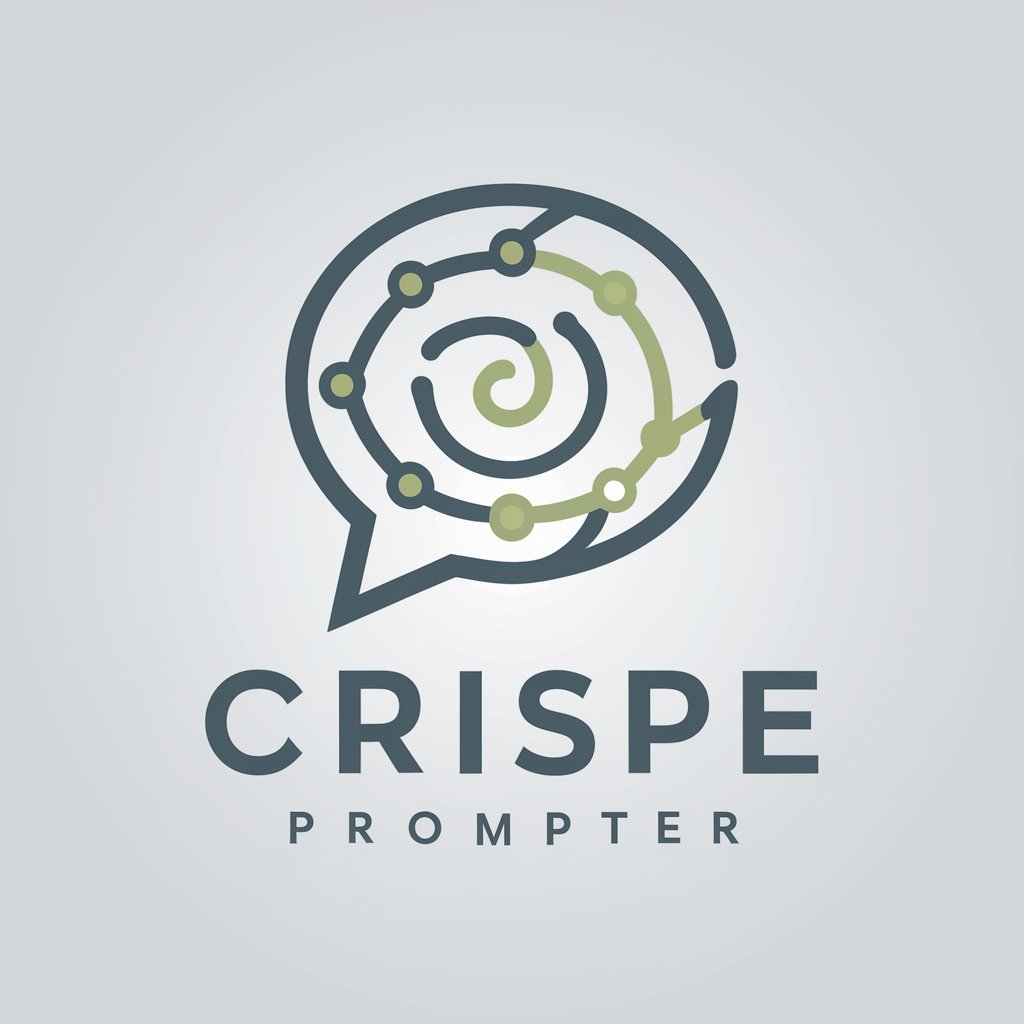
RENTIMEX EMPRESA
Empowering Rentals with AI

Life's Just Not The Way It Used To Be meaning?
Navigating Life's Changes with AI

Life's Like Poetry meaning?
Crafting Poetry with AI Precision

GptOracle | The Full-Stack Developer
Empowering Development with AI

Life's Been Good meaning?
Empowering insights with AI depth

Manager Mike (Skit) meaning?
Empower your management skills with AI-driven scenarios.

Bankruptcy
Empowering Financial Recovery with AI

The Best In Me meaning?
Unlock Your Potential with AI
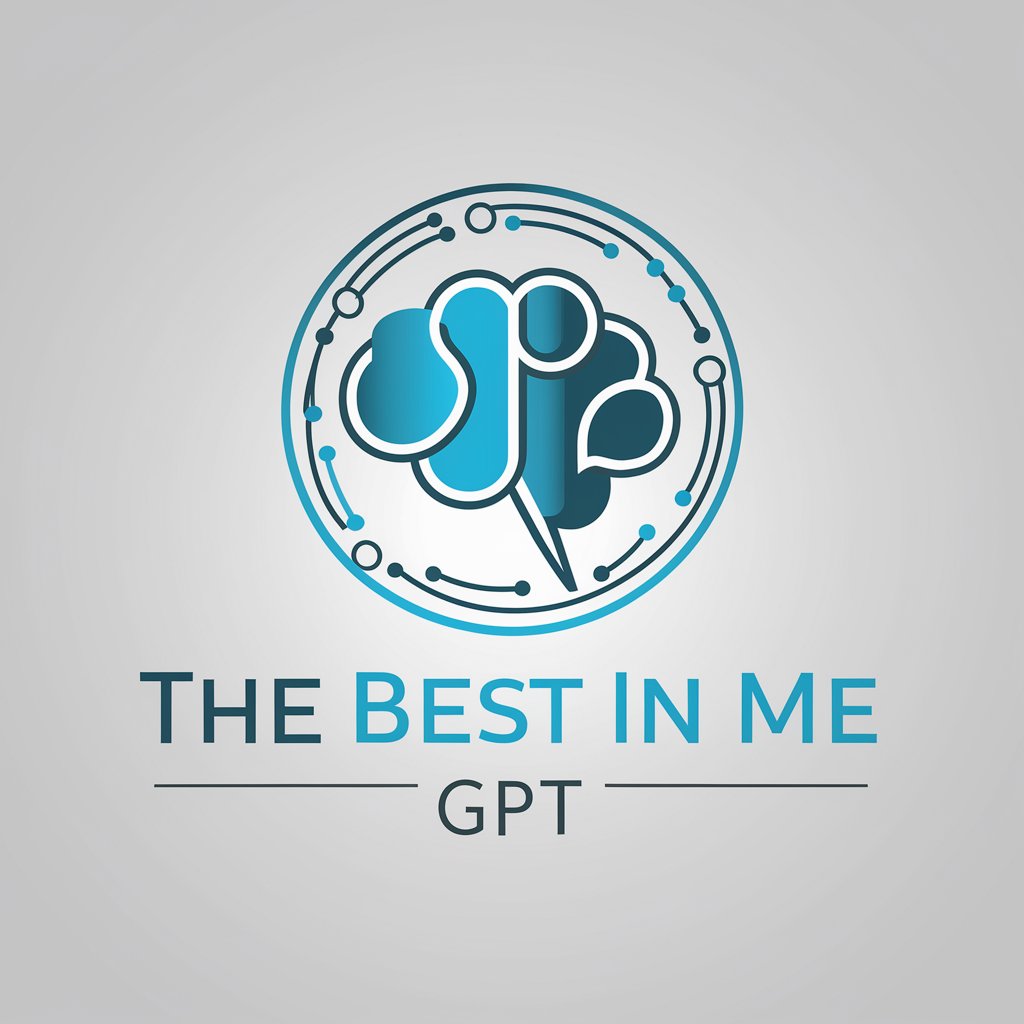
Take Me Back To Tulsa meaning?
Unlocking the Stories Behind the Music

San Antonio Rose meaning?
Unlock insights with AI-powered clarity.

Brown Skinned Gal meaning?
Unlock the meanings behind cultural phrases
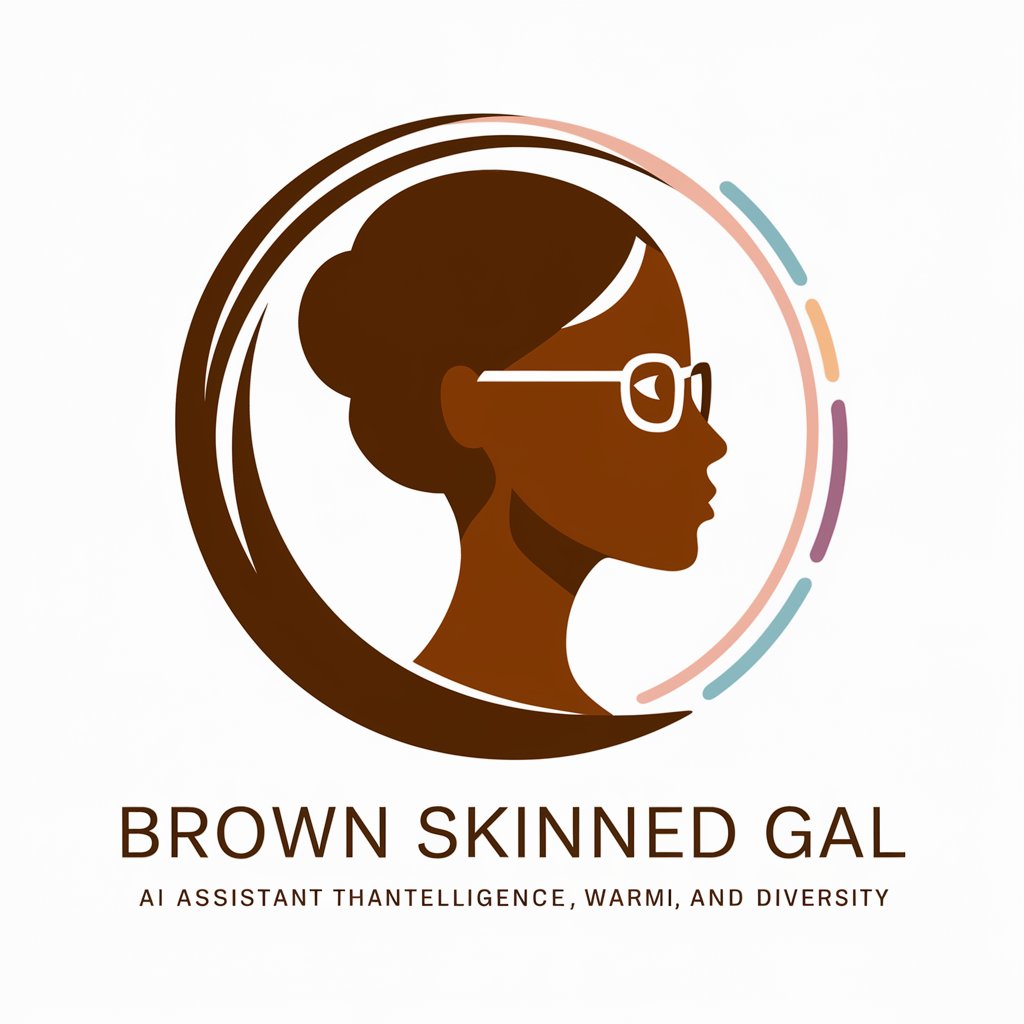
In-Depth Q&A on User Segmentation
What is user segmentation and why is it important?
User segmentation involves dividing a user base into distinct groups based on shared characteristics, such as demographics, behavior, or needs. It's crucial for creating personalized experiences, improving product offerings, and targeting marketing efforts more effectively.
What are the main types of user segmentation?
The primary types include demographic (age, gender), geographic (location), psychographic (lifestyle, values), and behavioral (usage patterns, purchase history) segmentation. Each type offers unique insights for tailoring strategies to meet user needs.
How can I effectively implement user segmentation?
Start by collecting detailed user data. Analyze this data to identify patterns and trends that suggest segmentation opportunities. Choose the segmentation criteria that align with your business goals, then apply these to create distinct user groups. Finally, tailor your strategies based on the insights gained from each segment.
Can user segmentation improve customer retention?
Yes, by understanding the specific needs and preferences of different user segments, businesses can tailor their products, services, and communications to meet these needs more effectively, enhancing user satisfaction and loyalty.
What tools and techniques are recommended for user segmentation?
Utilize data analytics platforms and customer relationship management (CRM) systems to gather and analyze user data. Statistical analysis and machine learning models can also be employed to identify patterns and create meaningful segments.

